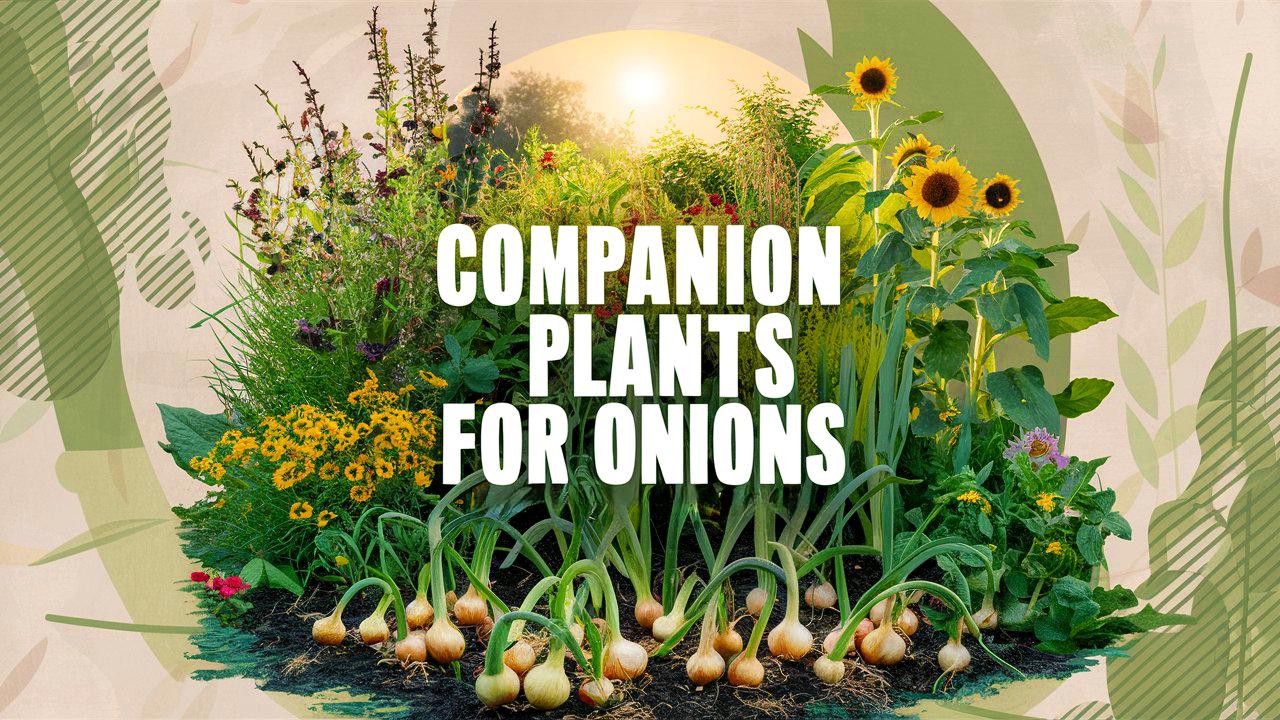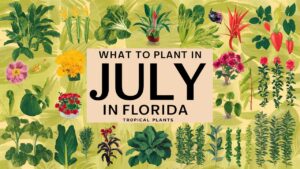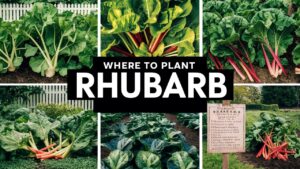Companion planting is a horticultural strategy that boosts the health, yields, and flavors of plants by leveraging the benefits of mutual support in the garden ecosystem. Onions, known for their rich flavor and versatility in cooking, serve as both a culinary staple and a valuable asset in the garden. Their distinct pungent aroma serves to deter some pests while promoting beneficial relationships with specific companion plants. Below is a detailed exploration of various plants that flourish alongside onions, broken down by category: fruits and vegetables, herbs, and flowers.
Fruits and Vegetables to Plant With Onions
Other Alliums
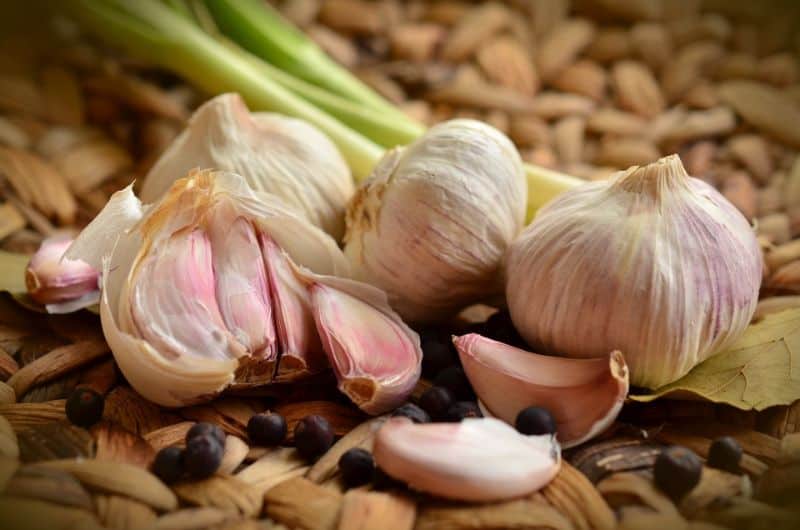
Alliums, a family that includes garlic, leeks, shallots, and chives, are among the most synergistic plants to grow alongside onions. Since alliums share similar environmental and soil conditions, they complement each other remarkably well. The sulfur compounds released by these plants not only contribute to their strong aromas but also act as natural pest deterrents, helping to keep aphids and other harmful insects at bay. Furthermore, planting different types of alliums together can lead to varied flavor profiles in your culinary dishes, providing gardeners with a lovely assortment of flavors from harvest time.
Growing alliums near onions can also contribute to biodiversity. Each plant’s distinct growth patterns can help break the cycles of pests and diseases, creating a more resilient garden overall. Consider staggering planting times for varieties like garlic, which can be planted in the fall and harvested in early summer while allowing onions to be planted in spring, ensuring a continual harvest period.
Brassicas
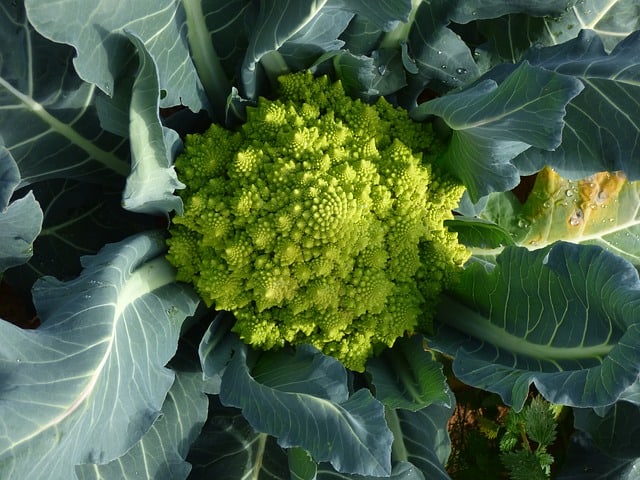
Brassicas, or cruciferous vegetables such as broccoli, cauliflower, kale, and Brussels sprouts, thrive when paired with onions. The robust structure of brassicas can help protect onions from harsh environmental conditions, while onions can deter pests commonly attracted to brassicas, such as cabbage worms and aphids.
Moreover, because onions take on an upright growth habit, they can provide shade to younger brassica plants. This can be beneficial in the warmer months when brassicas are more susceptible to heat stress. The mutual benefits extend into the kitchen as well, as both plants are featured in countless recipes, making their companionship not only advantageous in the garden, but also in meal preparation.
Carrots
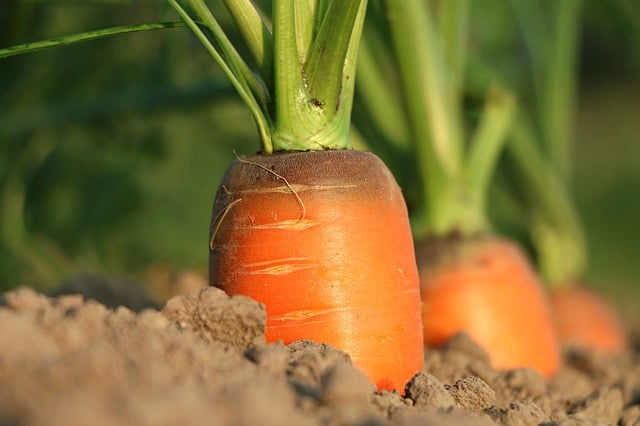
The combination of carrots and onions in the garden is a time-honored tradition recognized for its pest control advantages. Onions release scents that deter the carrot fly, a key pest that targets carrot root crops, thereby fostering a healthier carrot yield. In turn, carrots can benefit from the presence of onions, as their differing root depths allow them to occupy the same space without competing for nutrients.
Additionally, the carrots’ fern-like tops can provide shade for young onion shoots, which helps prevent the onions from bolting in response to heat. When harvested, the two vegetables together can create a wonderful medley of flavors, enhancing salads, soups, and side dishes. This pairing highlights the symbiotic nature of companion planting, where the strengths of one plant can mitigate the weaknesses of another.
Parsnips
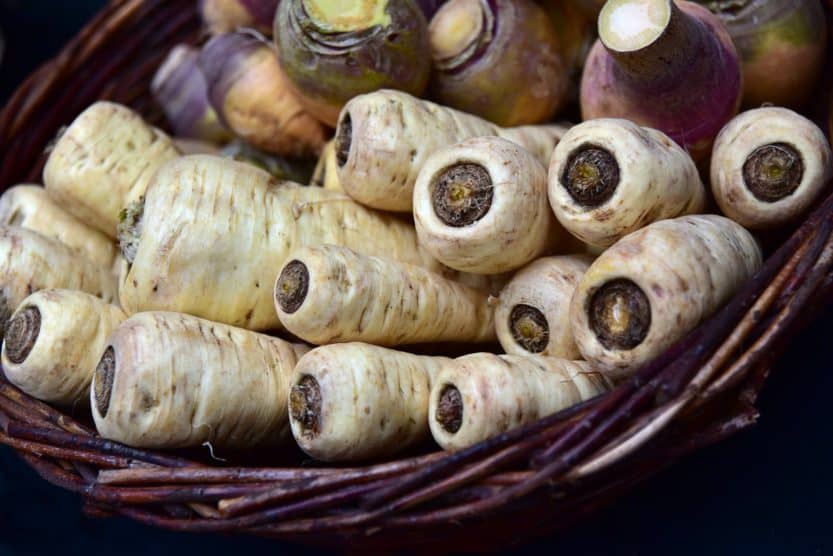
Parsnips, like carrots, thrive in the companion planting scheme with onions. Their growth characteristics allow for effective space usage; while parsnips extend deeper into the soil to form their roots, onions grow in the upper layers. This cultivation strategy effectively maximizes nutrient absorption from the soil profile.
Furthermore, parsnips enrich the soil with organic matter when their tops are cut down at the end of the season, reducing weed pressure and promoting soil health that benefits neighboring crops. The flavor of parsnips is also notably enhanced by cooking them with onions, adding culinary value to their coexistence in the garden.
Beets
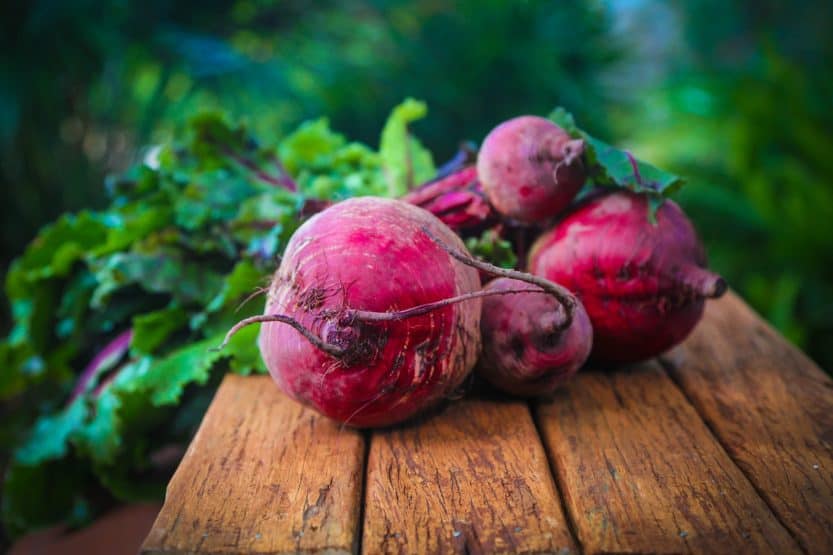
Beets share a harmonious relationship with onions, embodying the principles of successful companion planting. They have complementary root structures—onions grow more superficially, whereas beets establish deeper roots. This dynamic minimizes competition for nutrients, water, and space in the soil.
Additionally, beets can draw taller, leafy greens away from onions, allowing for better air circulation between the crops, which can help reduce moisture-related pests and diseases. This pairing, too, is delightful in a variety of dishes, as beets and onions can be roasted together to create a vibrant side dish packed with flavor and nutrients.
Tomatoes, Peppers, Eggplant (And Other Warm Season Crops)
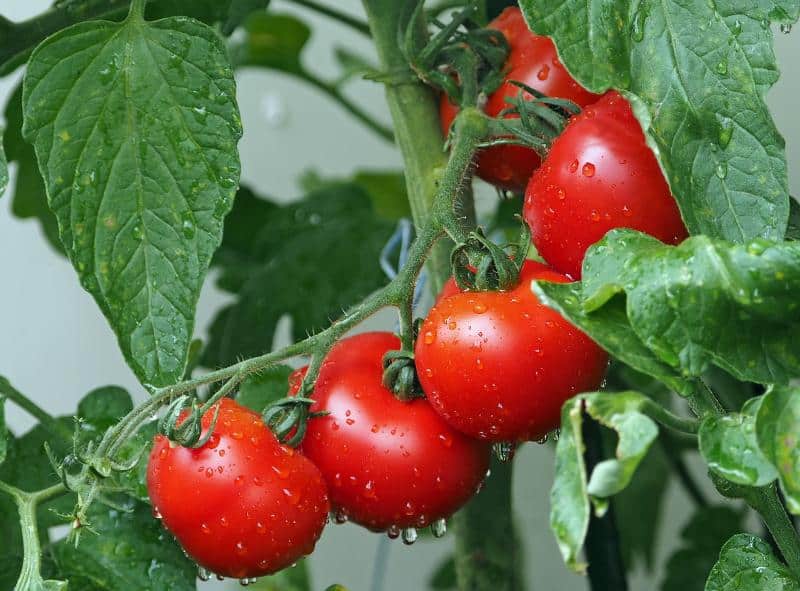
Onions thrive alongside warm-season crops such as tomatoes, peppers, and eggplants, forming an excellent combination in the vegetable garden. The aromatic qualities of onions can deter pests typically known to afflict nightshade plants, including the pesky tomato hornworm and aphids.
These warm-weather crops grow well in similar soil and sunlight conditions as onions, thus facilitating streamlined garden management. The crops can also be grown in mixed plantings, maximizing vertical space and encouraging a diverse ecosystem that attracts pollinators and beneficial insects. The culinary applications of this combination further enrich the gardener’s experience, allowing for fresh marinades, sauces, and dishes incorporating all three species.
Potatoes
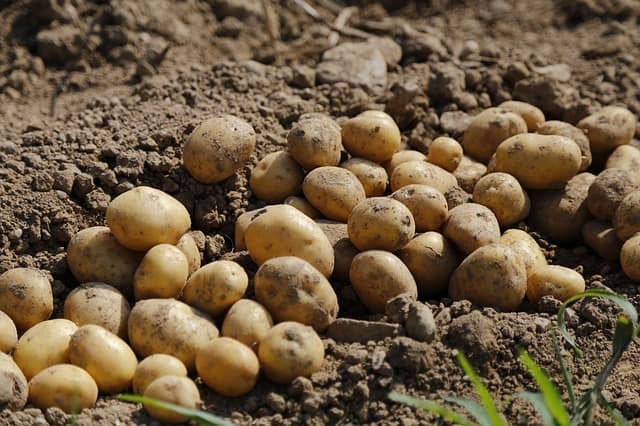
Although onions and potatoes can sometimes be thought of as prone to competition for resources, their respective growth forms create an opportunity for success when paired judiciously. Potatoes, with their starchy tubers, grow underground, while onions rise above the soil surface. This means they can coexist without directly competing for space.
Onions can help deter pests like aphids and the Colorado potato beetle, which traditionally threaten potatoes. However, gardeners should be mindful of proper moisture management, as overly damp conditions can be detrimental to both crops. Planting them with proper spacing ensures airflow and prevents disease while allowing you to harvest two different vegetables from the same garden area.
Lettuce
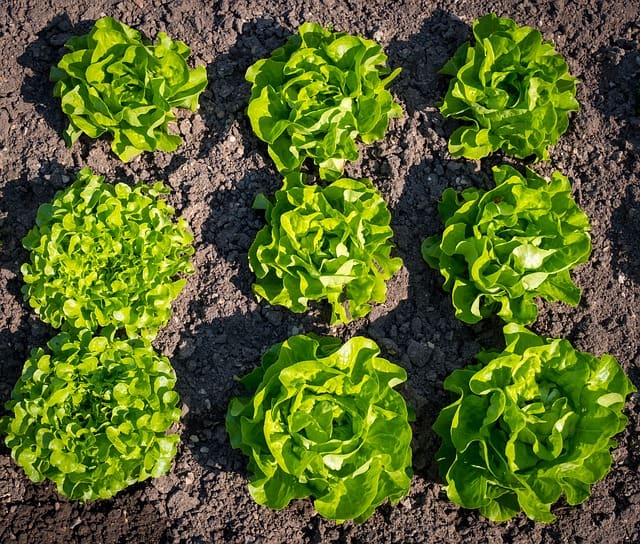
Growing lettuce near onions can bring significant benefits to both crops. Onions, with their pungent aroma, deter pests such as aphids and slugs that might otherwise target the tender lettuce leaves. Meanwhile, lettuce thrives under the partial shade provided by growing onions, especially during the hotter months when lettuce is more vulnerable to bolting.
This dynamic duo is particularly suited for staggered planting, with onions taking longer to mature. As the onions are harvested, there’s a ready supply of harvested lettuce to fill the gaps, creating a cycle of productivity in a small footprint. Lettuce and onion salads are a fresh, rewarding addition to summer tables, showcasing the collaborative benefits of companion planting.
Strawberries
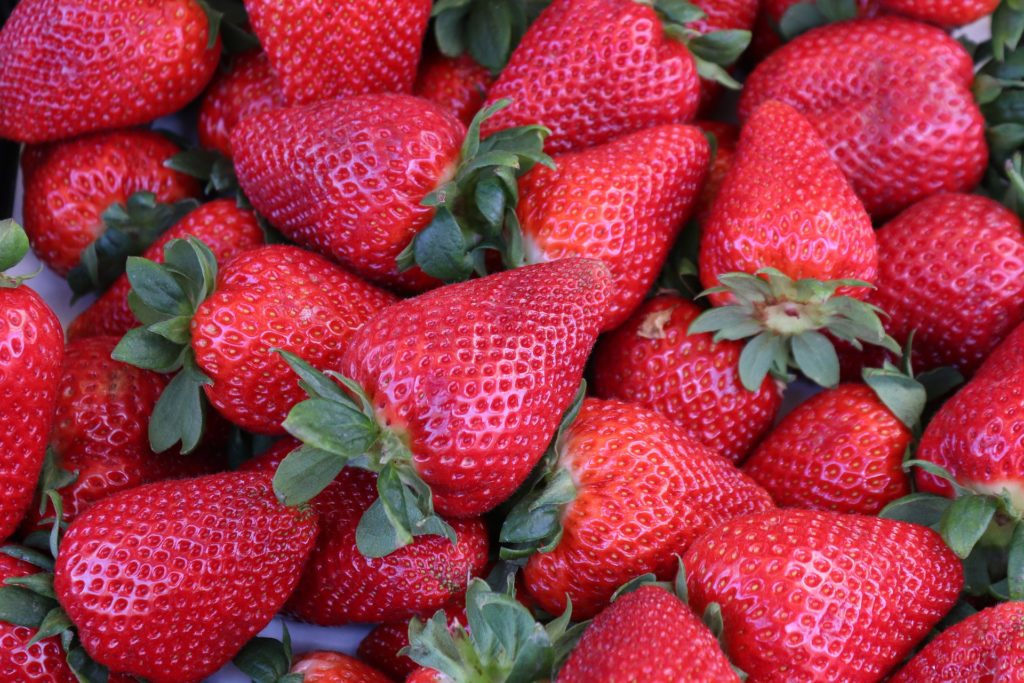
Strawberries present an interesting companion for onions in the garden. The low-growing nature of strawberries allows them to share space effectively with onions, preventing weeds and conserving moisture in the soil. Strawberries benefit from the protection that onions provide against pests like aphids and spider mites.
Moreover, onions’ strong aroma may disrupt pests that typically target strawberries, contributing to healthier fruit yields. The deeply rooted strawberries can enhance soil structure, fostering a healthier growing environment for the crop above. Enjoying strawberries and onions together is an epicurean delight with unique flavor combinations for salads, salsas, or even desserts.
Fruit Trees
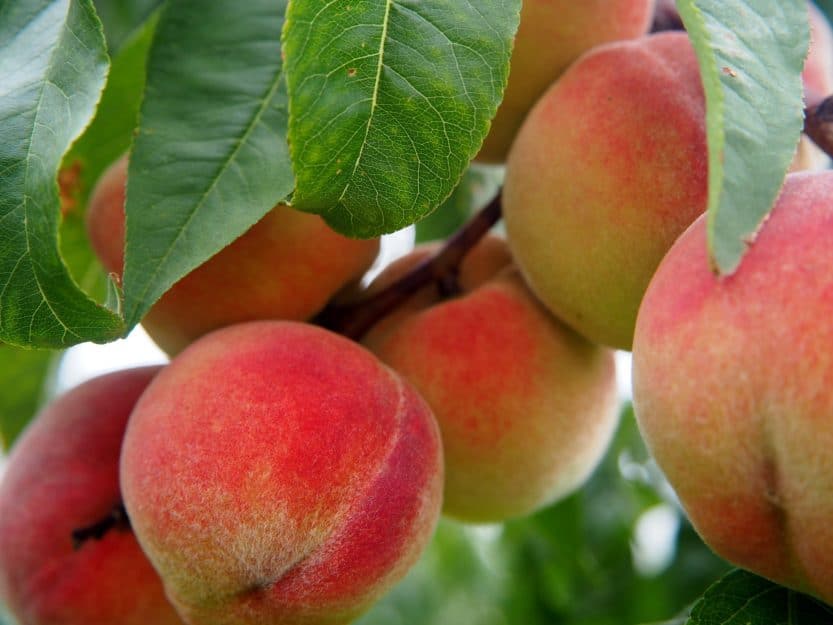
Integrating onions into an orchard or around fruit trees can provide a compelling dynamic in the garden. Onions can help deter common fruit tree pests, such as codling moths and aphids, allowing the trees to flourish. The deep-rooted nature of trees complements the shallow roots of onions, making them great companions.
Beyond pest control, the dual-cropping method maximizes space in smaller gardens, ensuring that nutrient use is balanced across the plants. As the orchard matures and the trees start to produce fruit, freshly harvested onions can enhance the quality and culinary appeal of the fruit, ensuring a delicious and fruitful harvest.
Herbs That Make Good Companion Plants for Onions
Chamomile
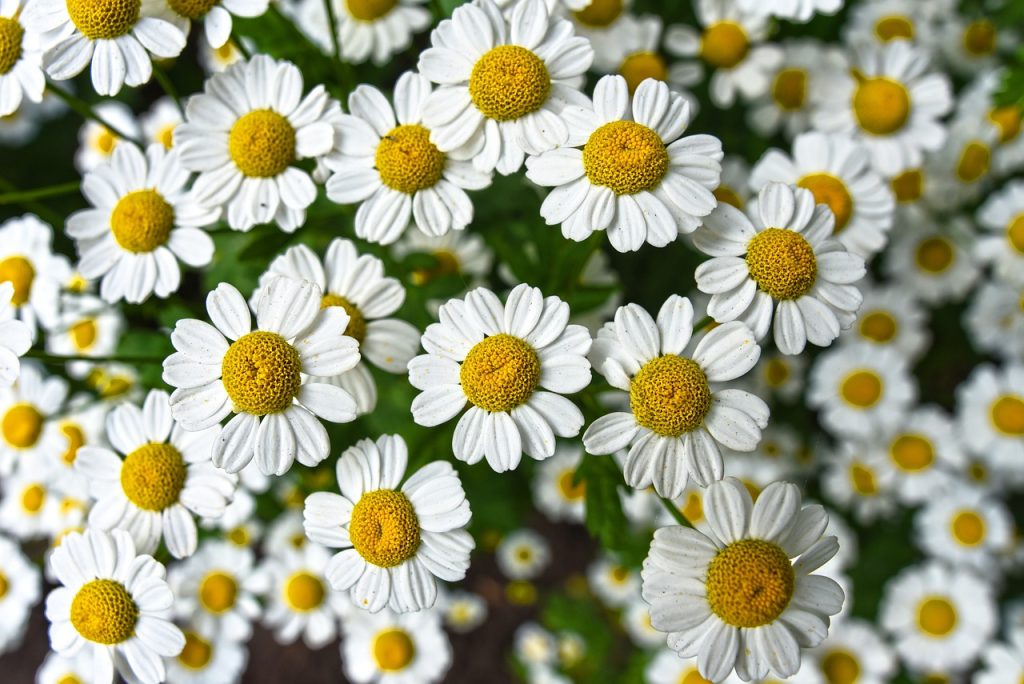
Chamomile is renowned not only for its soothing tea but also for its gardening benefits. This aromatic herb can enhance the flavor of onions when grown alongside them, and its presence attracts beneficial insects, including beneficial wasps and hoverflies, which prey upon pest populations that can threaten onions.
Chamomile’s daisy-like flowers are excellent at attracting pollinators, making it advantageous for crops needing pollination alongside onions. Additionally, this herb possesses antifungal properties, helping to prevent root rot and other diseases in the soil. When harvested, chamomile can serve culinary purposes, making this companion planting beneficial for both garden aesthetics and edible applications.
Summer Savory
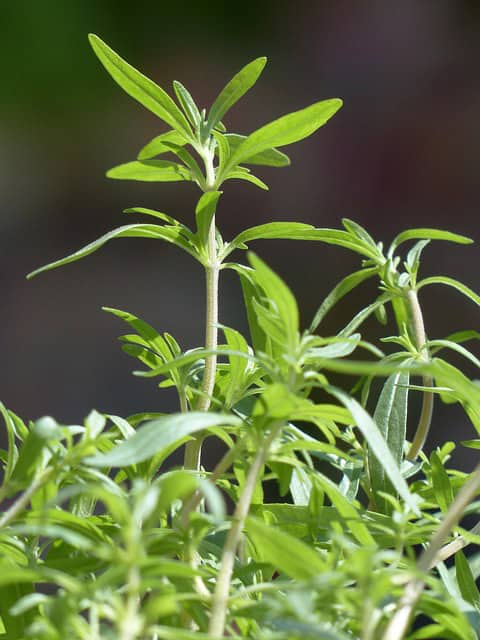
Summer savory, a robust herb, acts as a perfect companion for onions. Known for its pest-repelling qualities, it can deter insects such as aphids and cabbage moths, enhancing the overall health and yield of onions. Summer savory’s aromatic foliage can act as a protective layer, shielding onions from unwanted pests.
This herb also attracts beneficial predatory insects, enhancing your garden’s ecosystem. Its growth habit typically complements that of onions, as summer savory grows to a height that shades soil, potentially reducing weed pressure. Beyond pest management, summer savory enriches dishes alongside onion, providing flavor and depth to various recipes, particularly those featuring beans, meats, and vegetables.
Dill
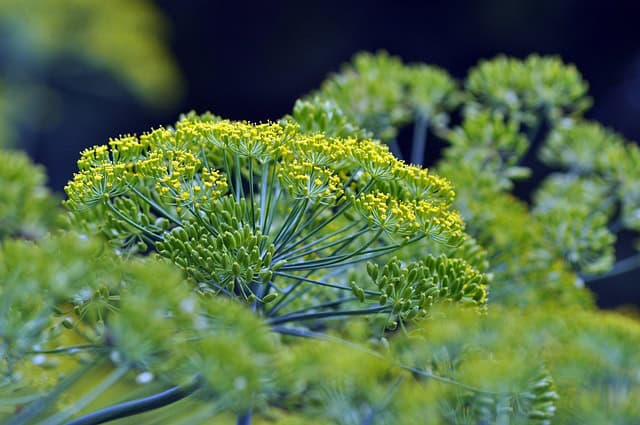
Dill is a beloved herb that not only enhances flavors but serves a vital role in the garden as well. Its feathery foliage attracts various beneficial insects, such as ladybugs and predatory wasps, which can help manage pest populations threatening nearby onions. The strong scent of dill can mask the aromas of onions and deter common pests like aphids and spider mites.
Dill grows quickly, which allows it to provide benefits throughout the growth cycle of onions. When planted together, both benefit from nutrient-sharing and increased biodiversity. Furthermore, dill offers culinary versatility as a delightful flavoring herb in salads, pickles, and various dishes that pair wonderfully with onions.
Parsley
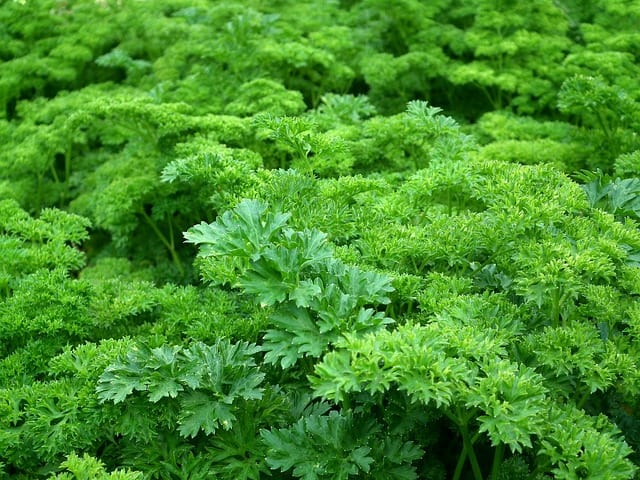
Parsley is another herb that complements onions in the garden. This partnership is advantageous as parsley can help repel harmful insects, while also attracting beneficial pollinators and predatory insects that control pest populations around onions. Parsley enriches the soil back with organic matter when its leaves decay, enhancing nutrient profiles that benefit both plants.
The two herbs typically thrive under similar conditions, allowing them to flourish together in the same planting bed. In the kitchen, parsley and onions share a symbiotic relationship, lending themselves to a variety of dishes, enhancing flavors, and making for enticing culinary experiences.
Mint
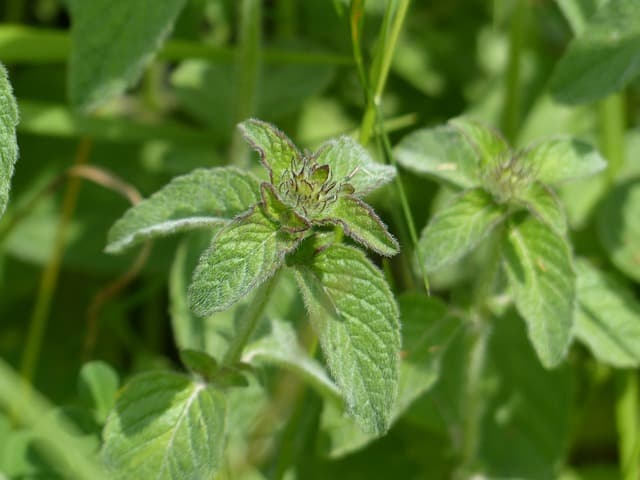
Mint is a powerhouse herb that can provide significant benefits in the garden when managed appropriately. Though fast-growing and sometimes invasive, mint can be contained in pots placed near onion plantings. It emits a strong scent that can mask the odors of onions, helping to repel pests such as aphids and carrot flies.
The cooling foliage of mint gives visual contrast with the vertical growth of onions, adding not only aesthetic value but also improving soil conditions through organic matter. Additionally, mint’s culinary versatility makes it a favorite in beverages, desserts, and savory dishes, emphasizing the advantages of companion planting that supports both garden health and culinary delights.
Flowers That Make Good Companion Plants for Onions
Marigolds
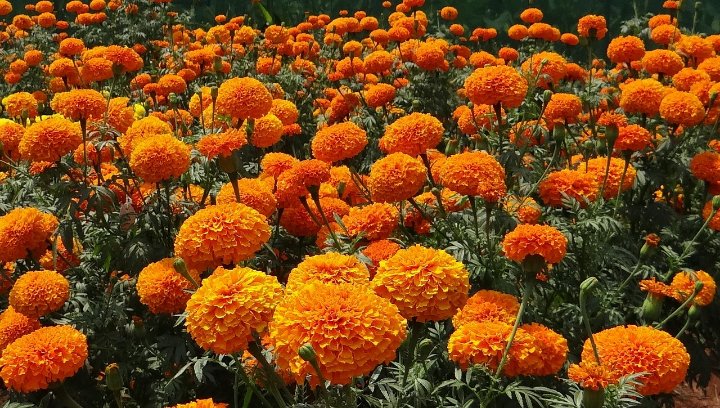
Known for their bright, cheerful petals and pest-repellent qualities, marigolds are a fantastic addition to an onion garden. These flowers produce natural compounds that deter nematodes, whiteflies, and other pests, creating a protective barrier around onions. The combination of marigolds and onions also attracts beneficial pollinators, drawing them into the garden ecosystem.
Marigolds thrive in similar growing conditions as onions, making them easy companions. Planting marigolds near onions not only helps to control pests but also adds color and visual appeal to the garden. In culinary uses, marigold petals can contribute vibrant color to dishes and salads, enhancing both presentation and flavor.
Pigweed (Amaranth)
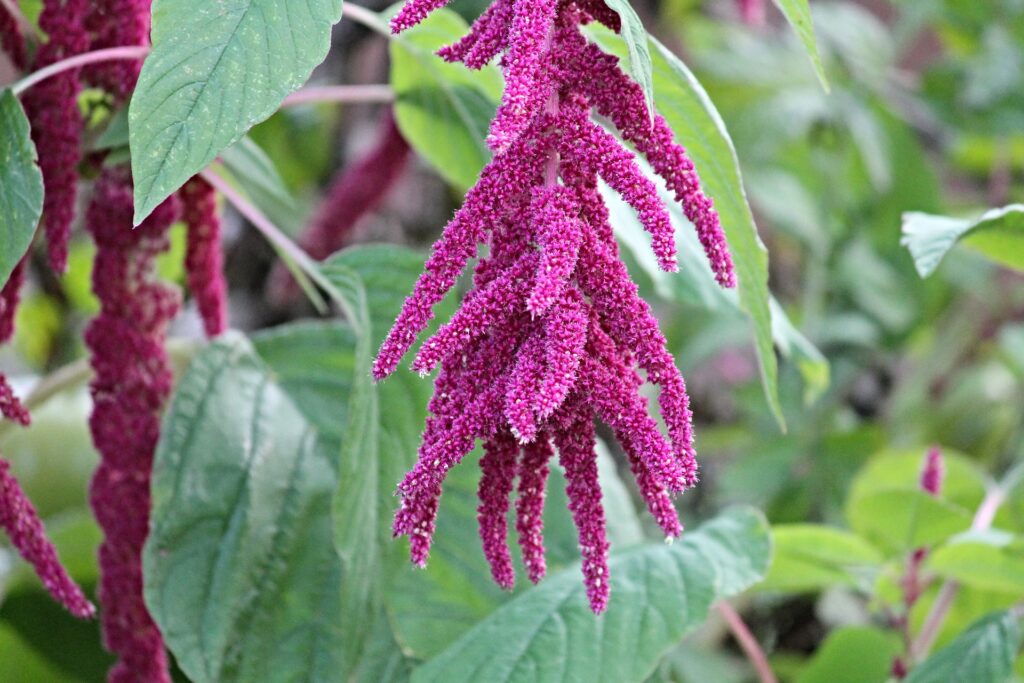 Often overlooked, pigweed or amaranth serves as an excellent companion plant for onions. This hearty weed, if kept in check, can act as a trap crop, attracting pests like flea beetles and aphids, diverting them away from onions. This helps protect onion crops from potential infestations, allowing them to grow without interference.
Often overlooked, pigweed or amaranth serves as an excellent companion plant for onions. This hearty weed, if kept in check, can act as a trap crop, attracting pests like flea beetles and aphids, diverting them away from onions. This helps protect onion crops from potential infestations, allowing them to grow without interference.
Additionally, the deep taproot of pigweed improves soil structure by aerating the soil and preventing compaction. Its edible leaves can also be harvested to add nutrition to meals, making it a surprisingly beneficial option for intercropping with onions. This approach promotes biodiversity and health in the garden while allowing gardeners to enjoy its culinary uses.
Sow Thistle
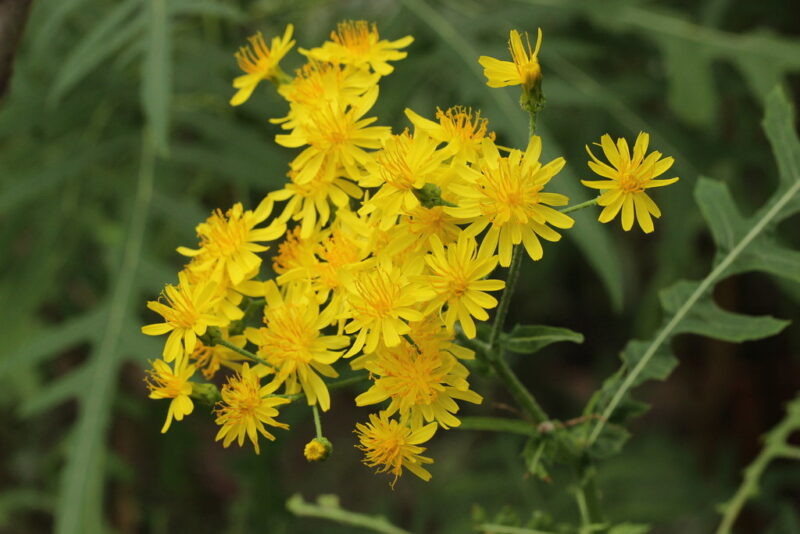
Sow thistle, often considered a weed, has notable benefits when grown alongside onions. Its growth habit of producing tall, spiky stems allows it to attract beneficial insects while diverting pests from onions. The plant can draw aphids and other pests away, serving as a trap crop.
Furthermore, being a broadleaf plant, sow thistle can aid in the buildup of organic matter in the soil as its leaves decay, enhancing soil fertility. By managing sow thistle appropriately—removing it when it’s overabundant—gardeners can benefit from its natural pest control capabilities while maintaining the health of their onion crops.
Roses
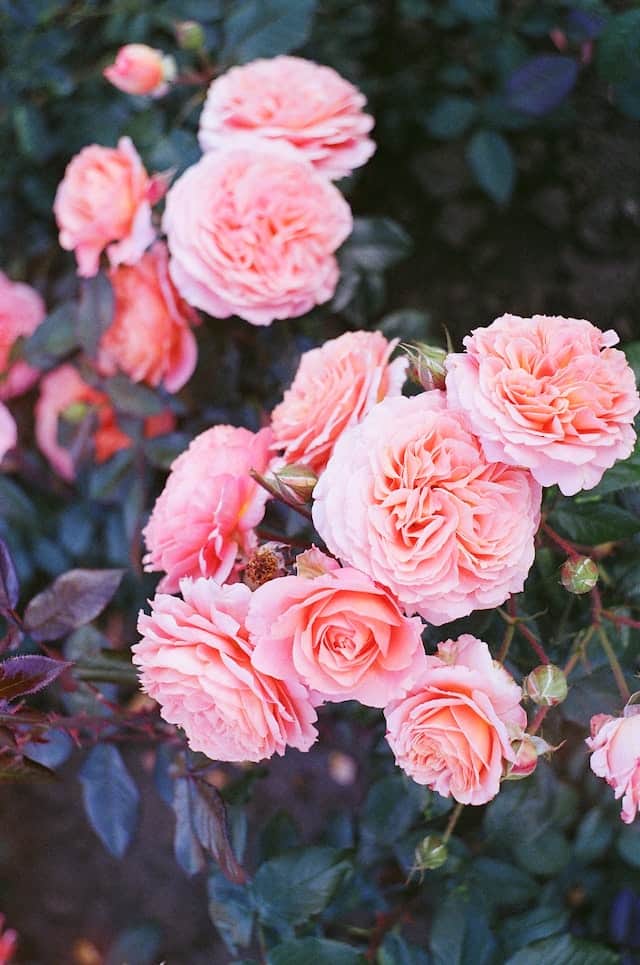
Roses can often be found in formal gardens; however, they can effectively serve as companion plants for onions. The presence of onions can help repel aphids and other pests that typically target roses, providing a natural defense for these flowering plants. Conversely, the beauty of roses enhances the garden landscape, creating a visually pleasing harmony with the onions’ vegetable patch.
Additionally, both roses and onions can thrive in similar soil types and require sufficient sunlight, leading to an easily managed companion arrangement. The culinary applications of both—onions in savory dishes and rose petals in salads or beverages—embody a rich dual-use practice in companion gardening that delights the gardener’s palate.
Other Ornamental Flowers
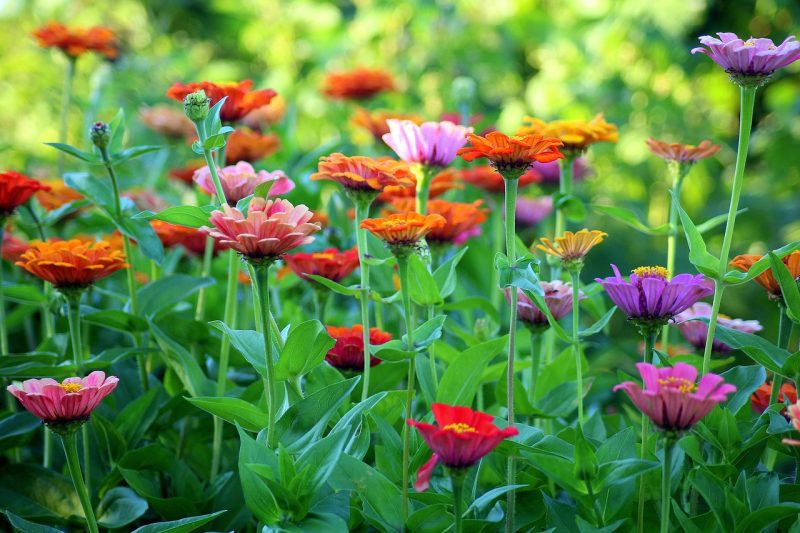
Including various ornamental flowers, such as zinnias and nasturtiums, in proximity to onions can foster a robust garden ecosystem. Ornamental flowers attract pollinators and beneficial insects, bolstering the natural pest control abilities of onions. Furthermore, they enhance the aesthetic appeal of the garden, thus providing a vibrant courtyard for enjoyment.
Zinnias, for instance, can produce a burst of color, enhance garden biodiversity, and attract ladybugs and lacewings, which can control aphid populations. Nasturtiums serve as trap crops for aphids, drawing these pests away from onions and into their leaves.
In addition to their ecological benefits, flowering plants can also be harvested for culinary purposes, whether used in salads or as garnishes, allowing for an enriching experience for both the gardener and the diner.
4 Things To Never Plant Near Onions
While companion planting can yield remarkable benefits, some plants can hinder the health and yield of onions. Avoiding these incompatible plants can save gardeners from potential disappointments and plant failures.
Peas
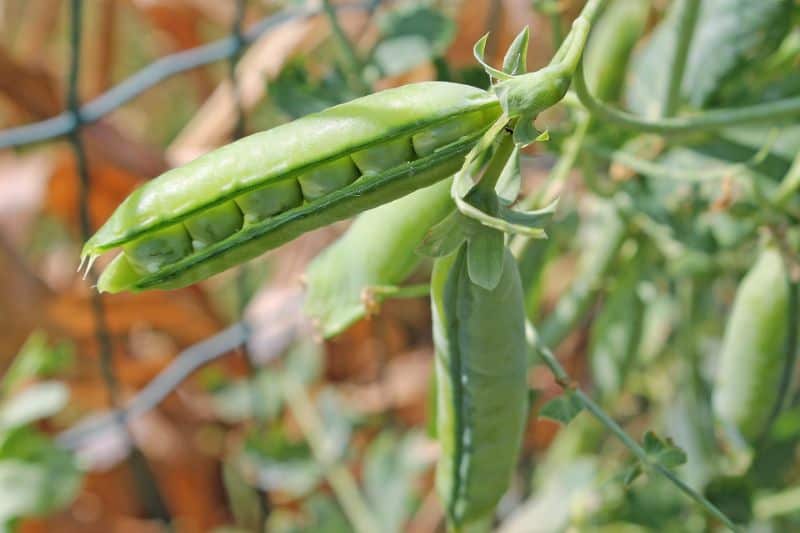
Peas do not coexist well with onions. While onions can stunt the growth of peas, leading to smaller yields, peas are known to also attract pests that may later target onions. The differing nutrient and moisture demands of these crops mean they do not complement each other garden-wise, leading to lower productivity.
Beans
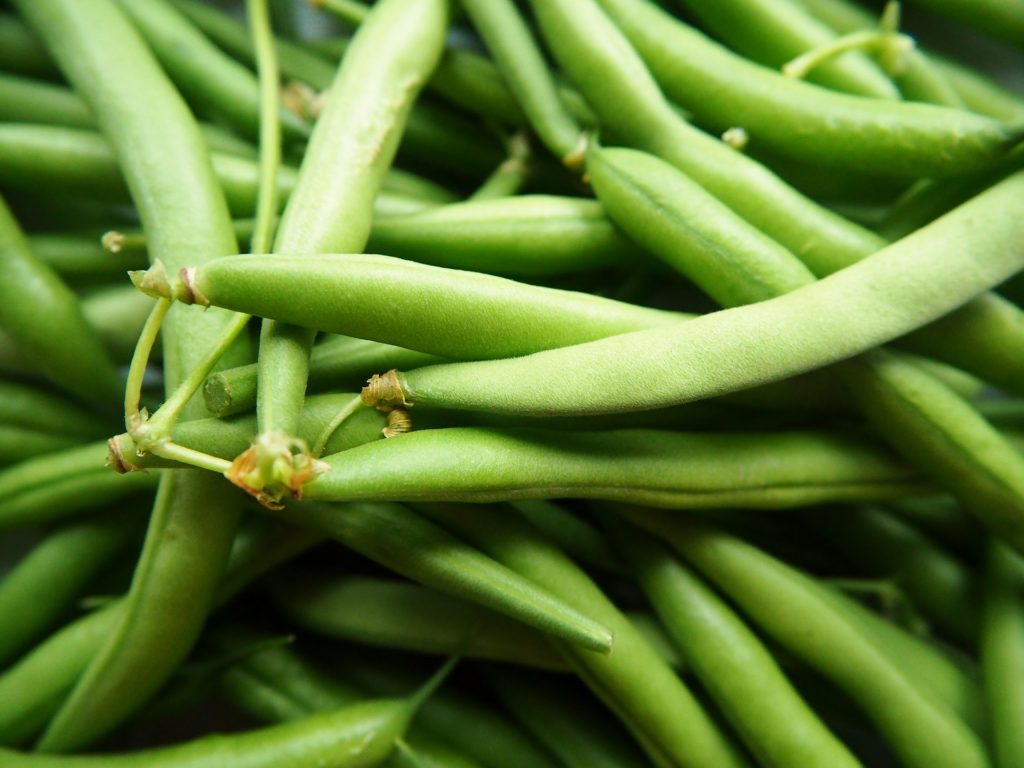
Much like peas, beans can prove problematic when planted near onions. The combination can lead to reduced onion bulb sizes, and beans can draw insect pests closer to onions, complicating pest management efforts. Furthermore, their growth patterns interfere with each other, leading to competition that undermines productive yields.
Asparagus
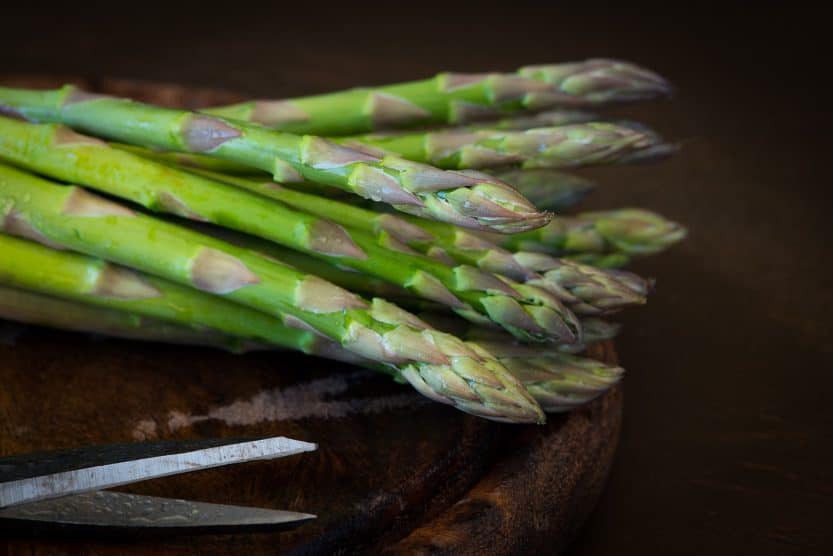
Asparagus and onions are not harmonious companions. While onions are annuals that require significant nutrients, asparagus takes longer to establish and perennial growth makes it susceptible to damage from onion harvesting. The differences in growth cycles and nutrient demands mean they can hinder each other’s productivity.
Sage
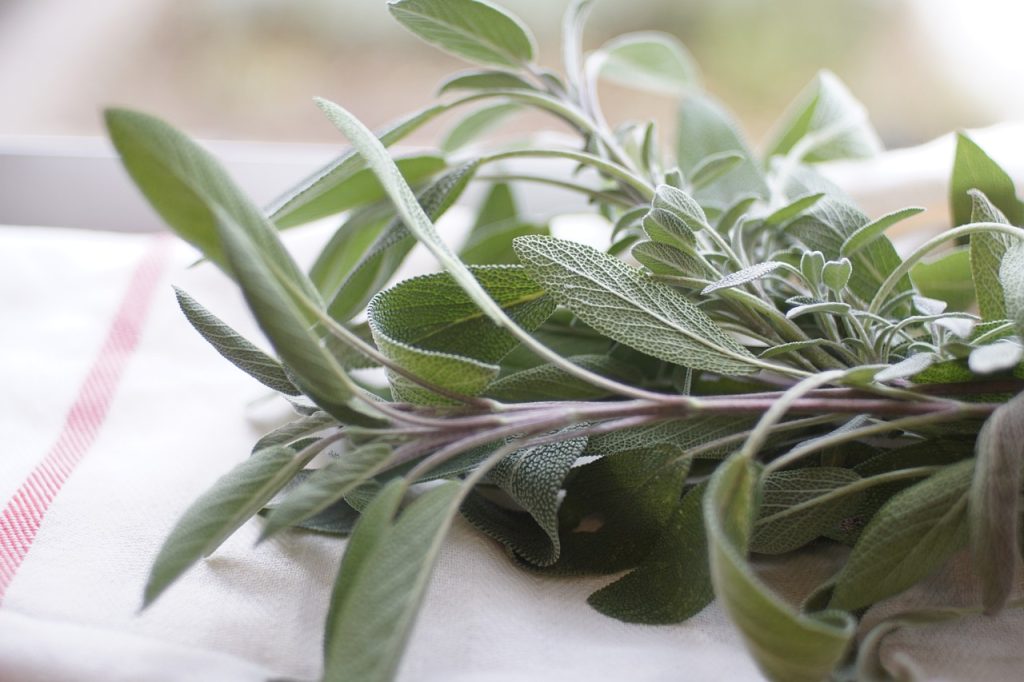
Sage is another herb to consider avoiding near onions. Reports suggest that sage can inhibit the growth of onions, which ultimately leads to reduced yield. Their contrasting needs and growth habits create a scenario of competition, emphasizing the importance of strategic planting decisions in the garden.


